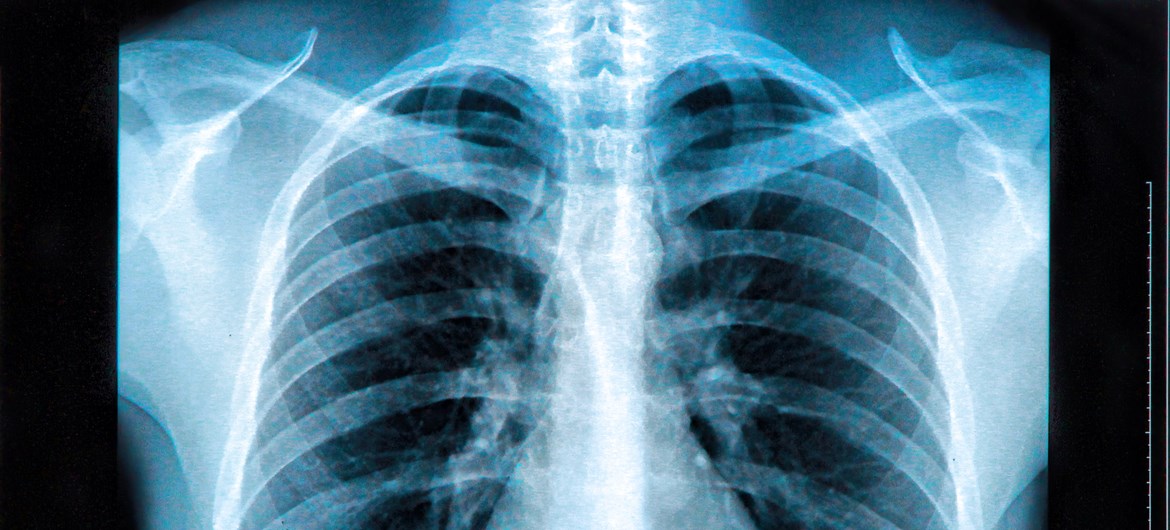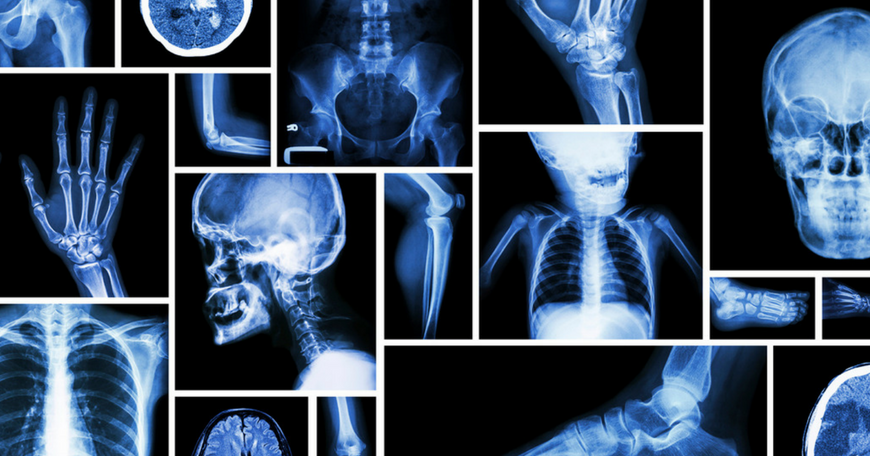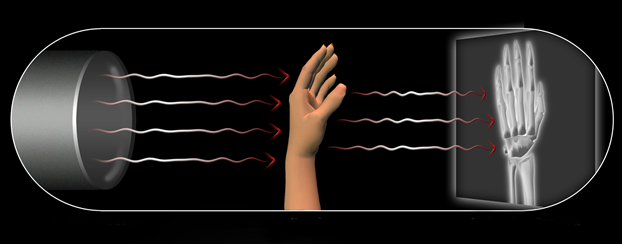Do x ray radiation cause cancer?
3,220 viewsIt is well-known that exposure to radiation can cause cancer in the human body, over and above many other problems. This raises many questions in the mind of patients regarding the safety of x ray radiation and other scanning methodology regularly used in the practice of medicine.
Scanning techniques like x-rays, CT scans and others are a painless and highly efficient means of identifying issues being faced by patients.
They help create a detailed image of the body and help doctors identify the extent of the issue plaguing the individual. These procedures, however, use certain doses of radiation to help produce the images require.
Radiation dose in x rays
The concerns among the general populace regarding scans is increasing with an increase in the utilization of this procedure in medical practice. As compared to x ray radiation, CT scans deliver higher doses of radiation, and this can be 50 to 500 times more than regular x-rays. The exposure to x ray radiation adds up over the years and can pose an increased risk to individuals who are regularly prescribed CT scans or x-rays.
It is important to note that we are exposed to radiation in regular life on a daily basis. The various electronic equipment we handle often are emitting low levels of radiation which can accumulate over time as well. This is called background radiation and we are exposed to it in the form of cosmic rays, radon in our homes and various other sources.
There are also other factors that play a role in the amount of risk faced by an individual to the radiation they are exposed to. These include:
- The amount of area of the body exposed to the radiation.
- The age, gender, and body size of the patient undergoing the scans, children are at the highest possible risk from radiation.
- Frequency of the tests/scans
- The type of scans that one is prescribed.
- How Much Radiation Do Tests Expose Us To
- A single x ray radiation can expose you to about 0.1 mSv of radiation which is about the amount of radiation we are exposed to in our daily life over 10 days.
- A mammogram, on the other hand, exposes a woman to 0.4 mSv of radiation, the amount of radiation we are exposed to over 7 weeks in daily life.
- A lower GI series using x-ray radiation can expose you to about 8 mSv of radiation, the amount of radiation we are exposed to over the span of 3 years.
- A CT scan of the abdomen or the belly can expose you to about 10 mSv of radiation.
- A PET/CT exposes you to about 25 mSv of radiation, equivalent to 8 years of radiation we experience in daily life.
What Can You Do About It
These tests can be potentially life-saving for most individuals. It is important that you discuss the risks versus the benefits with your healthcare provider beforehand to get a fair idea of what you are in for.
If you do need to have a test, make sure that you ask for the healthcare providers to shield the parts of your body that do not need to be scanned. The more the surface area exposed to radiation the greater your risk.
A lead apron can be used to protect your chest or abdomen or a lead collar can be used to protect your neck and thyroid gland.
It is also advisable to keep a medical imaging record. This will help you keep track of the amount of radiation you have been exposed to over a period of time and will also help your doctor regulate your scans in a more efficient fashion. This will help doctors prevent the repeat of tests that have already been performed.
Cancer Risk From Radiation?

Radiation exposure depends on a variety of factors as mentioned above. Radiation experts have united in their understanding that scan pose a very small addition to our existing 1 in 5 cancer risk.
It is, however, tough to estimate the amount of increase in a person’s cancer risk because of the scans they undergo. Although, it is known that children are highly sensitive to radiation exposure and should be protected from them as much as possible.
In cases where possible other scanning methods like MRI or ultrasound may be used which do not use radiation in the procedure.
The radiation can take a few days to exit your body and the effects we observe in patients is because of the accumulation of radiation over the years.
As a matter of medical reality, scans like x-rays and CT scans are crucial to provide doctors the information they require to provide treatment. This makes these tests incredibly important.
The risk factors of these tests is definitely far lower than the benefits they offer. It is, however, important to make sure that you are getting these tests only once you have ascertained that it is the best possible way forward in the treatment.
We at Regency Medical Centre are very aware of the risks of radiation to adults and children alike. We make it a point to ensure that there are no unnecessary tests administered just to pad the bill and are conscientious in our treatment of our patients.
We believe in ensuring that the patient is made aware of all the risk factors posed by whatever procedure they are suggested. Once this is done and consent given by the patient, only then do we go forward with the procedure. It is this attention to detail and dedication to our patients that has made Regency Medical Center the bastion of high-quality health care in Tanzania.



